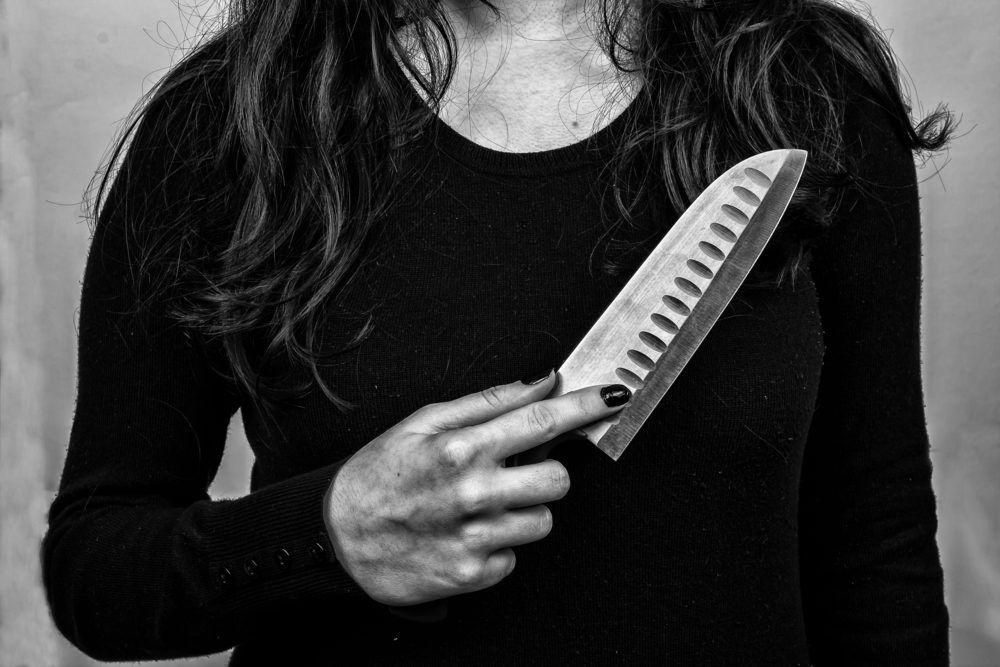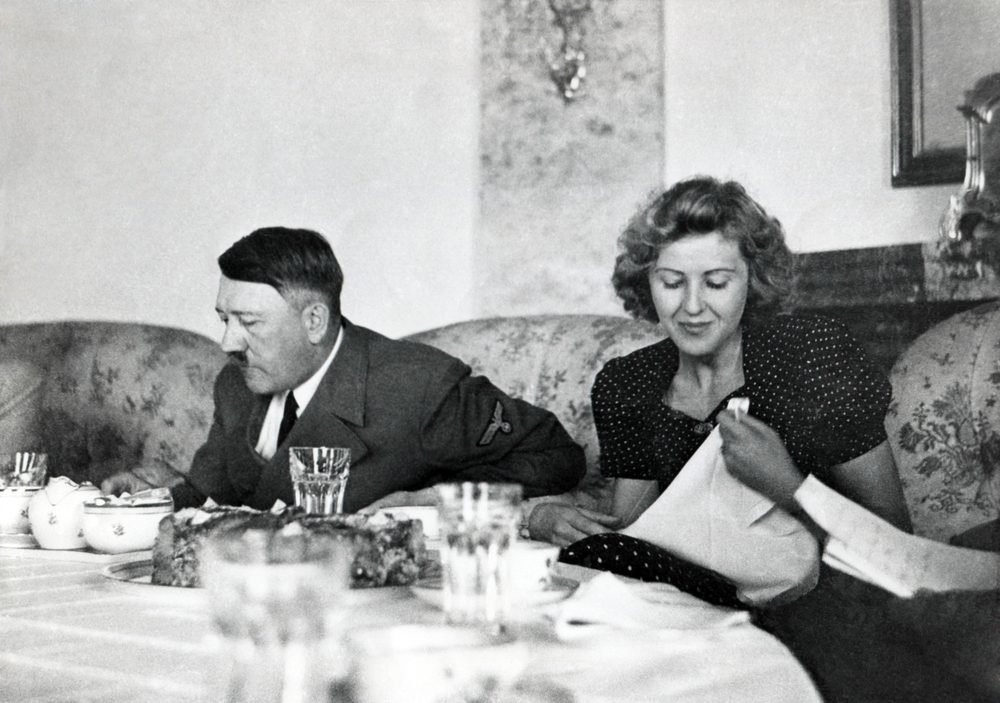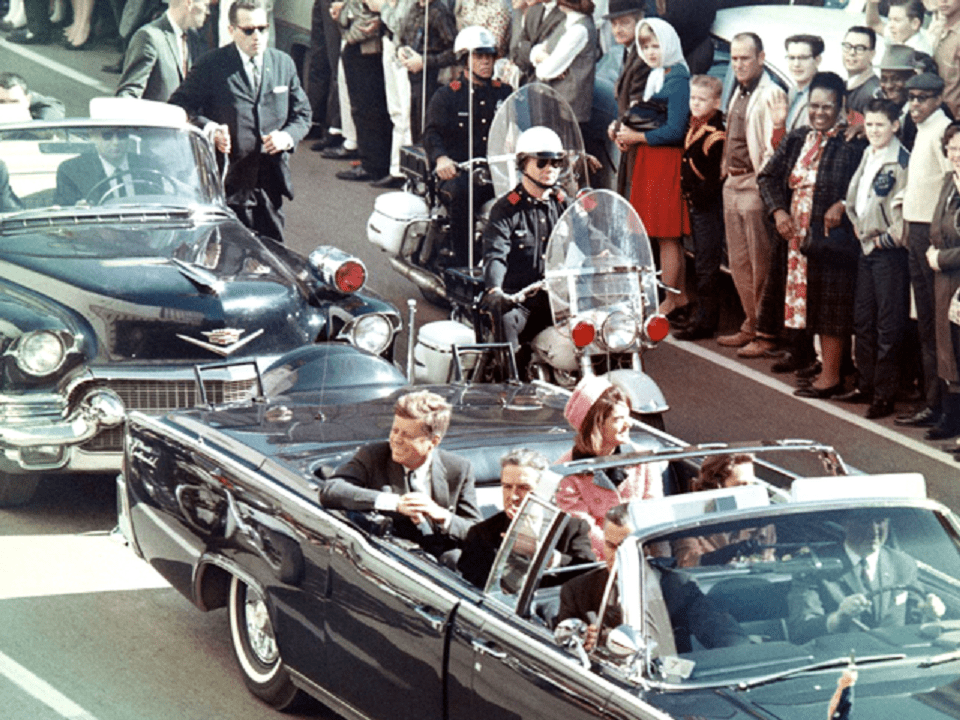
The US has had a long and less than illustrious history with gangsters and the criminal underworld. From the rise in crime in the 20s and 30s, brought about by Prohibition, this infamous period would give birth to notable mobsters like Al “Scarface” Capone, Benjamin “Bugsy” Siegel, and Charles “Lucky” Luciano, to name a few. They would rise from street gangs or mobs into a complex criminal structure, more commonly known as organized crime, and become a fascinating aspect of American culture to the public at large.
However, although books, TV shows, and movies have sought to glamorize and perpetuate the stereotypical image and myth of the American gangster, it cannot be denied that, in reality, these men were ruthless, cold blooded murderers. Their life of crime brought pain, misery, and suffering to countless people, innocent or otherwise.
These criminal organizations known for their illegal activities, particularly drug smuggling, gambling, bootlegging, and assassinations, produced some of the most famous (and infamous) gangsters in the world. Today, we will look at some more extremely notorious gangsters that haven’t been as widely publicized as their more famous counterparts.

1. Anthony Accardo
You’ve likely heard of the infamous Mafia boss Sam Giancana due to his recruitment by the Central Intelligence Agency (CIA) in a plot to assassinate Cuban leader Fidel Castro and his alleged ties to the assassination of JFK. However, the man that preceded him and turned over the official position as boss to Giancana was a career criminal whose life of crime spanned an astonishing eight decades. The man with two monikers, one hilarious, one terrifying, Anthony Accardo.
Born on April 28, 1906, in Chicago’s Near West Side, he was quick to get involved in street gangs, most notably the Circus Cafe Gang, and soon attracted the attention of one of Al Capone’s most feared hitmen, Jack “Machine Gun” McGurn. After McGurn recruited him into his crew, he would get his first nickname. One allegedly bestowed on him by Capone himself.
After using a baseball bat to murder three mobsters, Capone allegedly said, “Boy, this kid’s a real Joe Batters,” hence the name Joe Batters. The other more humorous name, “The Big Tuna,” was given to him by the newspapers at the time after he was famously photographed holding a giant tuna he had just caught.

When Capone was convicted for tax evasion in 1932, Accardo had already established himself as a ruthless enforcer and a real money maker for the Chicago Outfit.
By the 1940s, he continued to consolidate his power where he would be named as underboss by Capone’s de facto successor Paul “The Waiter” Ricca. Both men would eventually run the Outfit together, and under their leadership, The Chicago Mob would increase its power, influence, and money, as well as expand its operations in several territories throughout the United States.
Unlike many infamous mobsters who either ended up rotting in prison or being whacked themselves, Accardo died in Barrington Hills, Illinois, of respiratory and heart conditions on May 22, 1992, aged 86. What is truly remarkable about this lesser known Mafia boss, depending on who you ask, is that he either served a single night in jail or served no jail time at all, despite having an arrest record that dated back to 1922.

2. James Coonan
Born on December 21, 1946, in the Hell’s Kitchen, Manhattan area of New York City, Irish-American James “Jimmy C” Coonan’s motivation for becoming a gangster was because of his father, John Coonan. John, however, was not a gangster himself but an accountant who ran a tax office on West 50th Street that worked for famous mobsters. When Coonan was 18, the then mob boss of Hell’s Kitchen, Mickey Spillane, pistol whipped his father before kidnapping and severely beating him.
Infuriated by this, the young Coonan purchased a fully automatic machine gun and emptied the entire clip at Spillane and his crew. Although he didn’t hit anyone, everyone in the area now knew his name. He was determined to take over the Westside Gang (more well known as the Westies) from Spillane and exact revenge on the man who had dishonored his father.
Coonan would soon align himself with fellow Irish American mobster and hitman Francis T. “Mickey” Featherstone in 1976, and just a year later, Spillane would be shot outside his apartment in Queens. Although Featherstone would be arrested for the murder, he was soon acquitted.

It has long been rumored that notorious mobster and murderer for the Gambino crime family, Roy DeMeo, murdered Spillane as a favor to Coonan. Coonan quickly assumed control of the Westies and aligned himself with the Gambino’s.
Coonan’s downfall would come at the hands of his partner in crime Featherstone after he was convicted in 1986 of a murder he had not committed. Facing 25 years and believing the Westies crew had framed him, he began cooperating with the District Attorney’s office. His evidence and secret recordings would see Coonan and several other Westies arrested on state charges of murder and other crimes.
Coonan was eventually convicted for the murder of a bartender, Harold Whitehead, one he has previously been acquitted for, and sentenced to 60 years in Lewisburg Federal Penitentiary in Pennsylvania, where he remains to this day.

3. Demetrius Flenory
Born on June 21, 1968, in Detroit, Michigan, along with his brother Terry P.O. Lee “Southwest T” Flenory (born just under two years later), Demetrius Edward “Big Meech” Flenory would begin their life of crime while still at high school in the late 1980s selling $50 bags of cocaine on the streets of Detroit.
In just over a decade, the brothers went from selling small bags to establishing one of the largest organizations overseeing multi-kilogram cocaine distribution sales in numerous U.S. states, including Alabama, California, Florida, Georgia, Kentucky, Louisiana, Michigan, Mississippi, Missouri, North Carolina, Ohio, and Tennessee. Around that time, they would find what would be known as The Black Mafia Family and had direct links to Mexican cartels.
In order to launder the considerable money they were making from their illicit operation, in the early 2000s, Demetrius would found BMF Entertainment, a promotion agency and record label for hip-hop music, as a front organization. However, trouble would soon be on the horizon as the brothers were involved in a major falling out.
Terry was concerned that Demetrius was bringing too much unwanted attention to their organization due to his extravagant lifestyle and constant partying. Terry decided to move to Los Angeles to head his own organization, leaving Demetrius to continue running operations from their main distribution center in Atlanta. What they didn’t know was that a federal investigation into their activities was underway, and the DEA had been wiretapping Terry’s phone.

By the time charges were brought against the brothers, the government had accumulated 900 pages of typed transcripts of wiretapped conversations. The brothers were arrested by the Drug Enforcement Agency in 2005 and pleaded guilty to running a continuing criminal enterprise in November 2007 and were both sentenced to 30 years the following year.
Over the nearly two decades the brothers and their associates trafficked cocaine throughout the United States, they became one of the highest-earning drug traffickers in the country’s history, with prosecutors alleging that the Black Mafia Family made over $270 million in the course of their operations.
Due to health reasons and the Bureau of Prisons wanting to reduce the spread of Covid-19 in prisons, Terry was released on May 5, 2020. Demetrius argued to be released for the same reasons but a judge denied his request as his prison record showed he was still promoting himself as a drug kingpin and had charges for possession of a cell phone, drugs, and a weapon.

4. Enoch Johnson
Born on January 20, 1883, in Galloway Township, New Jersey, you might think you know the name Enoch Lewis “Nucky” Johnson if you’ve seen HBO’s critically acclaimed period crime drama, Boardwalk Empire. However, Steve Buscemi’s Nucky Thompson is an entirely fictional character only loosely based on the man who ruled Atlantic City and Atlantic County at the height of the Roaring Twenties.
Three years after he was born, his family moved to Mays Landing father was father was elected Sheriff of Atlantic County, New Jersey. At age just 22, Johnson became his father’s undersheriff, and three years later, in 1908, he was elected Sheriff of Atlantic County when his father’s term expired. However, the following year, Johnson began his rise to power as he was appointed to the politically important position of Atlantic County Republican Executive committee secretary.
A couple of years after his appointment, the then leader of the committee, Louis Kuehnle, was convicted and imprisoned for corruption. Although Johnson was also charged, he was soon acquitted and took over as leader. Under his rule, and in an effort to make Atlantic City an even more popular tourist destination, he allowed drinking, gambling, and prostitution, as long as those vice industry operators paid protection money.
Just like his Chicago counterpart Al Capone, when Congress passed the Volstead Act on October 28, 1919, ushering the age of prohibition, Johnson’s power, influence, and wealth grew exponentially as prohibition was effectively unenforced in Atlantic City under his rule, as long as he got his cut.

Atlantic City became one of the leading ports for importing bootleg liquor. In 1929, Johnson, along with Lucky Luciano, helped form an organization consisting of seven Jewish, Italian, and Irish American gangs on the east coast, which would come to be known as The Combined or Big Seven Group. However, although it’s never been proven that Johnson killed anyone or ordered anyone to be killed, unlike Capone did, their downfalls would be exactly the same.
The story goes that after Johnson got too close to a showgirl newspaper magnate William Randolph Hearst was dating. Hearst lobbied then President Roosevelt’s administration officials to look into his love rival’s finances. So, on May 10, 1939, Johnson was indicted for evading taxes on about $125,000 (slightly over $2.5 million today) in income he received from illegal gambling and was sentenced to ten years in federal prison.
He supposedly gave up his life of crime to live a peaceful life with his wife on South Elberon Avenue, Atlantic City, and work in sales for the Richfield Oil Company. He remained a hugely popular and influential figure. He died of natural causes in the Atlantic County Convalescent Home in Northfield, New Jersey, on December 9, 1968, aged 85.

5. Jack Diamond
Born on July 10, 1897, in Philadelphia, Pennsylvania, a few years after his parents emigrated from Ireland, Jack “Legs” Diamond (also known as Gentleman Jack) was another prohibition era gangster that few have heard of. Which is rather surprising as he would become famous in his time for earning a third nickname due to the fact he had so many attempts on his life. As such, he became widely known as the “clay pigeon of the underworld” as he was shot a total of eleven times in four separate incidents and survived each encounter.
On December 24, 1913, Diamond’s mother passed away so his father moved the family to Brooklyn, where Jack soon joined a New York street gang called the Hudson Dusters who ran their operations from an apartment house on Hudson Street. He would soon have the first of many brushes with the long arm of the law when he was arrested on February 4, 1914, when he broke into a jewelry store.
However, his most infamous early incarceration came when he was jailed for desertion from the US Army in either 1918 or 1919. After serving two years of a three- to five-year sentence at Leavenworth Military Prison, he would be released. Soon after he would become a personal bodyguard and close friend for notorious gangster and gambler, Arnold Rothstein who introduced him to the world of bootlegging.

While overseeing bootleg alcohol sales in lower Manhattan, Diamond would come into conflict with the other gangs of the city, most notably, rival bootlegger Arthur Flegenheimer, more commonly known as “Dutch Schultz.” Schultz was looking to expand his own operations out of Harlem with this move angering many people, it sparked a brutal gang war that would one day come back to haunt Diamond.
On October 12, 1930, he was shot five times, by two unidentified men who forced their way into his room at the Hotel Monticello on the west side of Manhattan and survived. Schultz was likely responsible as after the failed assassination attempt he apparently remarked to his own gang, “Ain’t there nobody that can shoot this guy so he don’t bounce back?”
After Diamond and his men kidnapped, tortured, and beat Grover Parks, a truck driver, in Cairo, New York, for refusing to tell them where he got his alcohol from and then kidnapping another man called James Duncan a few months later, Diamond was charged with kidnapping. After three trials, he was eventually acquitted.
People believe he earned the name Legs due to him either being a great dancer or the fact he always managed to escape his enemies. After being acquitted on the kidnapping charges on December 17, 1931, the following day he would not escape this time. After dining with his family and friends were at a restaurant, Diamond decided to visit his mistress, Marion “Kiki” Roberts. After returning to the rooming house he was staying at for his trial he passed out on the bed, soon after, two men entered and shot him three times in the back of the head. The responsible party is still debated to this day.

6. Griselda Blanco
So we can’t be accused of sexism, our last entry is a lady. Ok, so, maybe not a lady, more of a murdering monster who went my quite a few monikers like the Cocaine Godmother, the Queen of Narco-Trafficking, La Madrina, and the most terrifying of all the Black Widow. A name she most definitely earned. Born in Cartagena, Bolívar, Colombia, on February 15, 1943, when Griselda Blanco Restrepo was just three years old her mother moved them to a city that by the 1980s would be considered the most dangerous city in the world, Medellín.
Her life of crime began very early as it was alleged that when she was just aged 11, she kidnapped, attempted to ransom, and eventually shot a child from a rich neighborhood. By 13 she was an accomplished pickpocket but would eventually run away to escape the advances of her mother’s boyfriend.
By the mid-1970s, Bianco, along with her second husband, used fake passports to illegally move to the US, settling in Queens, New york. There she would set up a sizable cocaine business before fleeing back to Colombia to escape arrest. She would return to the US in the late 1970s and settle in Miami where she would play a significant role in the crime epidemic that swept the City of Miami in the 1970s and 80s.

At the height of her powers, she had created a country wide distribution network that was raking in an estimated $80,000,000 every month, which would make her the first-ever billionaire female criminal. The ease in which she was willing to use violence and murder made her a target for numerous assassination attempts and it’s believed that she is responsible for the murder of up to 200 people.
On February 18, 1985, she was eventually arrested by the DEA and would spend a total of 19 years behind bars. However, with the aid of her son Michael Blanco, she continued to run her cocaine business. Although the authorities had enough evidence to indict her for three murders, the case collapsed and she was released and deported back to Colombia in 2014.
However, n the night of September 3, 2012, her past would catch up to her as while shopping for meat at Cardiso butcher shop on the corner of 29th Street in Medellín, a middle-aged gunman climbed off a motorbike, calmly walked into the shop, and shot her dead before calmly walking back out the shop and riding off into the city.
If you’d like a more comprehensive encyclopedic look at the history of gangsters in America THIS is the perfect book for you.





